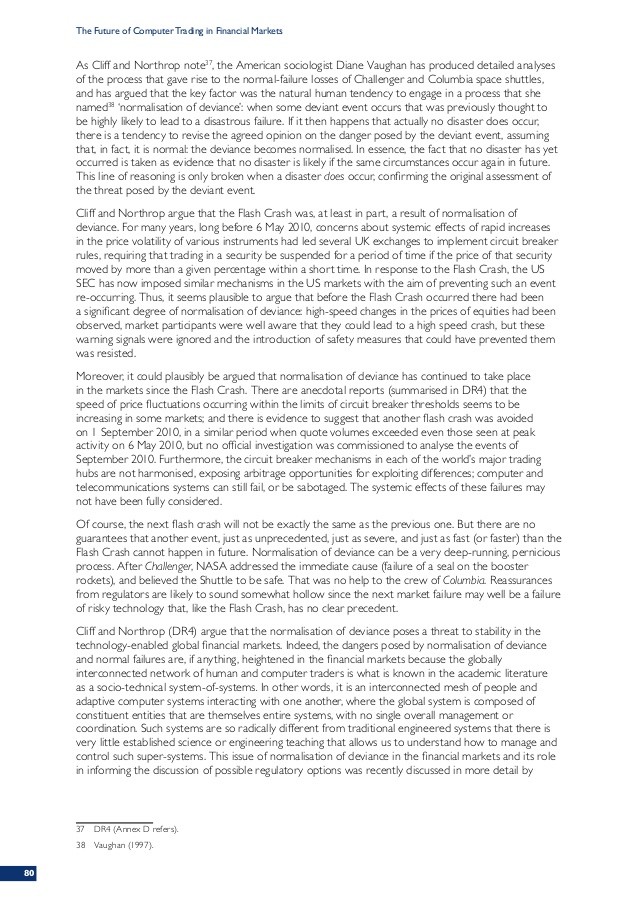How to trade the Market s Short Term Structure Trader Kingdom
Post on: 20 Май, 2015 No Comment

Position trade, swing trade or day trade: each one of these time frames has it challenges. However as you shorten the time frame trading becomes increasingly difficult. Day trading, being the shortest of the three time frames, is considered the hardest time frame to trade. Why is this? When you position or swing trade all that matters is that you get the market’s direction right. And if you do get the direction right, eventually you will make money even with all the twists and turns that occur when trading the longer time frames.
In day trading you not only have to get the market’s direction right, you have to enter at the edges. This often creates risk/reward parameters that can be as low as 1:1 in day trading. You have heard the old saying in real estate: location, location, location. It is the same for day trading. Without trade location the risk/reward ratios can quickly turn negative which will prevent a positive bottom line.
This need to enter at the edges puts a premium on timing too. Ultimately, if you are to make money day trading you have to have trade location coupled with almost perfect entry timing. So how do you consistently gain superior trade location? By buying below value and selling above value. And if you can trade with the market’s bias, you can increase your trading target in anticipation of a breakout.
The Market Profile is the only objective analysis tool in the public domain that gets the market’s direction right before the fact and then shows the trader where support/resistance actually is. Utilizing this information allows one to work the market from its edges, to gain superior trade location and that increases profits and decreases losses over time.
In the first chart below the market is trading in a range as it paused after the breakout from 1420 from the prior year, 2012. While the market is technically strong, the question facing the trader is: will the rally continue or would the previous highs at 1463/68 hold? Should I trade from the long side or the short side now?
The daily profile (day session only) structure showed “P” structures from 1/9 2013 through till 1/7 and a “b” pattern on 1/8. The market came into balance on 1/9 and closed at 1455 with sellers above 1460 and buyers below 1450. On 1/9 the traditional Market Profile distribution based on TPO’s showed a “P” and the volume within that TPO distribution showed a “b”. Should the trader plan on trading from the long or short side on 1/10? The direction on the first chart isn’t clear.
Click on image to enlarge!
Does the Market Profile contain information that doesn’t meet the eye in the daily distributions shown in the first chart? When the direction of the market isn’t clear, one trick Market Profilers have used historically is to combine the daily distributions to see what the longer term structure reveals. Is it a “P”, a “b” or a “D” that shows a balanced structure? The longer term bias generally wins out without a change in the news.
The trick to getting market’s direction right is based on how one combines and then splits the distributions at the start of a new move. The second chart below combines the individual distributions from 1/2 through 1/9. The result of this combination clearly shows a “P” pattern, which favors higher prices or a trade from the long side.
Click on image to enlarge!
Once the decision has been made to trade from the long side the trader should pick a price level that offers him an advantage. While over time one wants to buy below and sell above value, sometimes the market won’t allow entry at one’s desired prices. On 1/10 the day session opened higher at 1463 which was quite a bit higher than the planned entry points. After the higher opening the trader still had two choices for advantageous entry.
The first and most aggressive trade was to enter at the combined distribution’s value area high at 1458/59. The more conservative trade was to enter a tick or two above the combined distribution’s value at 1456. The market opened higher at 1463: it traded lower off the higher opening and the trader had over an hour to get long. The selling took the market almost to value from 1/9 which was at 1456. The market reversed after support was retested, held and traded higher to close on its highs at 1466/67. While the most conservative entry at 1456 was just missed, the trader had up to an hour to take the trade at 1458/59, the value area high. If he held and exited on the close he would have netted seven or more points.
The key to long term success as a trader is to trade with the market’s underlying bias which can be read on the F1/F2 screens. Once the trader decides to be long or short, he should then try to enter the market at a price level that offers him an advantage over time. The market rotates back and forth between support and resistance and the trader should take advantage of these rotations to gain superior trade location. Superior trade location increases the trader’s bottom line over time. Learn to use the information that is readily available through the Market Profile, it will improve your trading.
For more from Charles including daily market commentary updates, please visit Cochran Nannis Futures Trading. You can also This e-mail address is being protected from spambots. You need JavaScript enabled to view it with direct questions regarding his approach.














